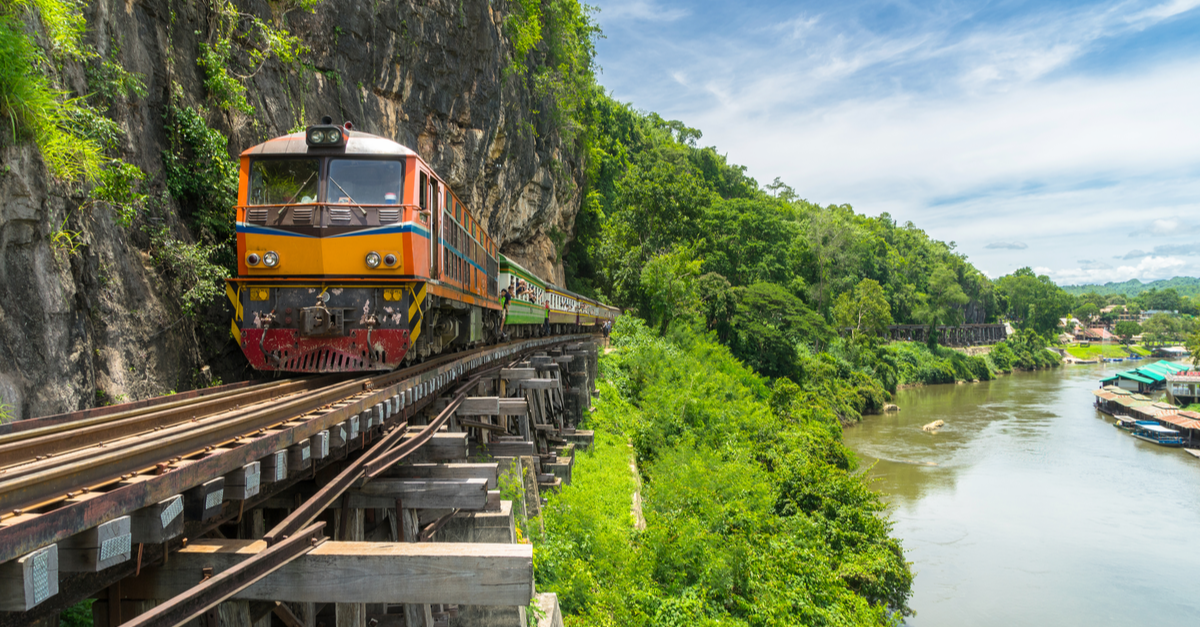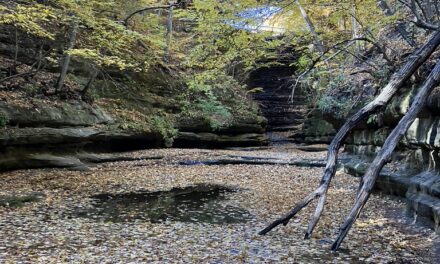
There is no better way to show appreciation for our planet than by exploring its many natural and urban sights! However, of the 6,340 Million Metric Tons of CO2 equivalent emitted by the United States in 2021, 29% of those greenhouse gas (GHG) emissions came from the transportation industry (https://www.epa.gov/ghgemissions/sources-greenhouse-gas-emissions). While cutting down on travel is one way to decrease both that sizable percentage and the U.S.’s total GHG emissions, given the business and personal benefits of tourism, it is more realistic to integrate more sustainable practices into our trips.
Planning is an essential first step before beginning any trip, and there are many choices that are made during this stage that can make your trip more sustainable. For instance, if traveling domestically or within the continent, consider taking a train or a bus before booking a flight. Not only does such public transportation reduce emissions, but it can also provide great views of the countryside that you cannot see from a plane. If you must fly, try to book flights that report having less emissions. Sites like Skyscanner signify this with a banner above certain flight options, and Google Flights provides an option to sort the results by emissions. Being strategic about where you travel and where you stay while there can also have a positive impact. For example, you may remember not long ago when residents of Hawaii requested tourists to stop coming for a period of time due to the strains of overtourism. Making sure that your destination is able to welcome visitors without straining local resources is an important consideration when picking where to go. Research options for local hotels, hostels, or bed and breakfasts instead of hotel chains. This ensures that your money makes it directly into the hands of the members of the community that you are visiting, which contributes to the overall prosperity of the area you are visiting. Another important consideration is to be mindful of what you bring in and are taking out of a destination. If the place you are visiting does not have adequate recycling infrastructure, such as certain suburbs of Pittsburgh, PA, then avoid bringing in plastic items. And, if you are visiting a Protected Area, such as a National Park, be careful not to bring any living organisms back. Seeds from fresh fruit and even residue hidden on rocks can bring biota with them that is not native to where you live, therefore contributing to invasive species expansion.
Speaking of National Parks, spending at least part of your time while on vacation participating in ecotourism can both enrich your experience and benefit the environment. Ecotourism can be understood in a variety of ways, but one common aspect involves going out and enjoying the nature around your destination while participating in structured tours or activities. Often, when looking up “ecotourism opportunities in ________,” the search results will lead you to locally-based businesses that offer such experiences. As these businesses are run by people who live near and/or within the environment you are visiting, they know what the area needs and therefore the best practices to explore it sustainably. Plus, such ecotourism operations often enable you to learn more about the location than when utilizing an international, outside organization or going at it alone. Once again, this keeps your money directly within the community that you are visiting, therefore giving something back to the people who have opened their home to you.
Last, though certainly not least, consider purchasing souvenirs from local vendors or street markets instead of large chain stores. Locally produced souvenirs are more unique and also support more sustainable, localized production. Integrating these practices into your next trip will enable you to travel more sustainably, therefore helping to strengthen an industry that allows travel to continue while minimizing impact on the climate.
Photo Source: https://www.cuddlynest.com/blog/train-trips-in-asia/




